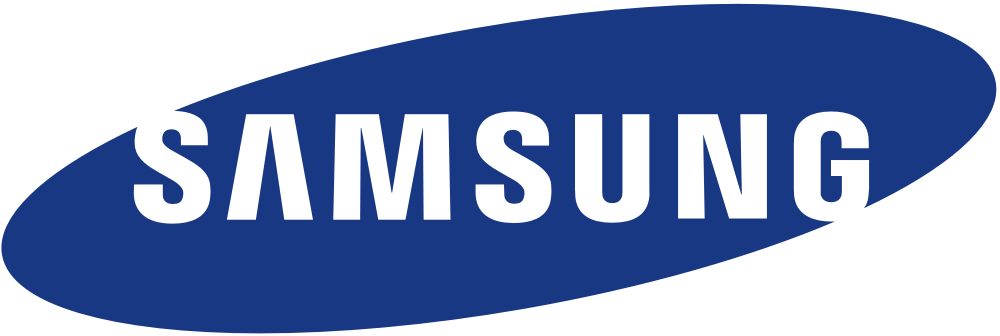Samsung Ships First 16 GB DDR3
Samsung reported that it has shipped the world's first (and smallest) high-density 16 GB DDR3 module.
Late last night, Samsung Electronics said that it released the world's first (and smallest) high-density memory modules based on 2 Gb, 50nm-class DDR3 memory. The shipment comes in sixteen different flavors, mainly designed for servers, and includes a 16 GB registered inline memory module (RIMM), an 8 GB registered dual inline memory module (RDIMM), and more. Additionally, the 16 GB high-density module operates at 1066 MHz, and you'll be able to install up to 192 GB of total memory density for a 2-socket CPU server system. Samsung's 16 RDIMM offering even sports a spiffy dual-die package configuration, making it more efficient in cost and performance when compared to the quad-die configuration.
The company also said that it's the first to offer 16 GB RDIMMs operating at 1.35V as well. By comparison, Samsung's 1.35V contribution provides around 20 percent savings in power consumption over the other 1.5V DDR3 versions. "The 2 Gb DDR3 [chips] consumes at least 40 percent less power than 1 Gb configurations," the company said, "supporting strong industry demand for lower power consumption, which is particularly important with server systems, as well as the new generation of notebooks."
Market Research firm IDC also chimed in on Samsung's announcement this morning, reporting that the global DDR3 market is expected to reach 29 percent of the total DRAM market in 2009 and increase to 75 percent in 2011. IDC also reports that 2 Gbit DDR3 devices will seize 3 percent of the total DDR3 market in 2009, with their share growing to 33 percent in 2011.
Times have certainly been rough for the memory industry, especially where DRAM is concerned. Many analysts believe that DDR3--the third generation of double-data rate synchronous memory-- will come in and save the industry like some kind of Messiah, pulling the DRAM architecture out of a deepening financial pit stemming long before the global economic crisis came along and made matters worse.
Samsung originally introduced a 50nm-class 2 Gbit DDR3 chips for PC applications last September.
Get Tom's Hardware's best news and in-depth reviews, straight to your inbox.

Kevin Parrish has over a decade of experience as a writer, editor, and product tester. His work focused on computer hardware, networking equipment, smartphones, tablets, gaming consoles, and other internet-connected devices. His work has appeared in Tom's Hardware, Tom's Guide, Maximum PC, Digital Trends, Android Authority, How-To Geek, Lifewire, and others.
-
daft thats all well and good, but what sort of speeds and timings are we talking about? and why cant they put that 50nm into ddr2 for the poor like me?Reply -
homsar57 I think with this comes a new standard question of computing- how many WINDOWS of crysis can you run at once? Alas, if only this wasnt restricted just for servers.Reply -
afrobacon questuion666They talk about 2009 and 2011, what about 2010?Reply
Were skipping over that year. -
Tindytim Anyone else slightly annoyed they still haven't brought 4GB DDR3 to the consumers? Seems more like a slap in the face to us.Reply -
ag3nt smith Yes I am Tim. And I believe those with Core i7 systems are very mad. So 192GB total...Who's up for some defragging while listening to music while playing Crysis, Crysis Warhead, Farcry 2 while watching a BR movie while on a p2p network. Most importantly - what are the constraints on them? max speed for stable OC? heat? will they have heat-spreaders and have a shinny badge saying "My memory own3s yours!"Reply
